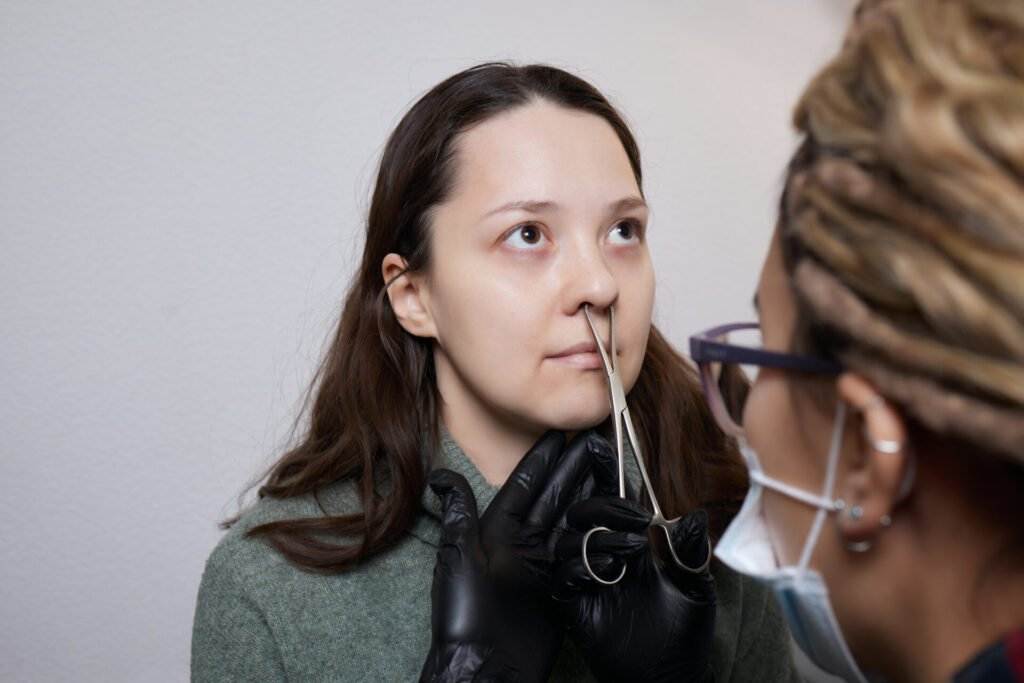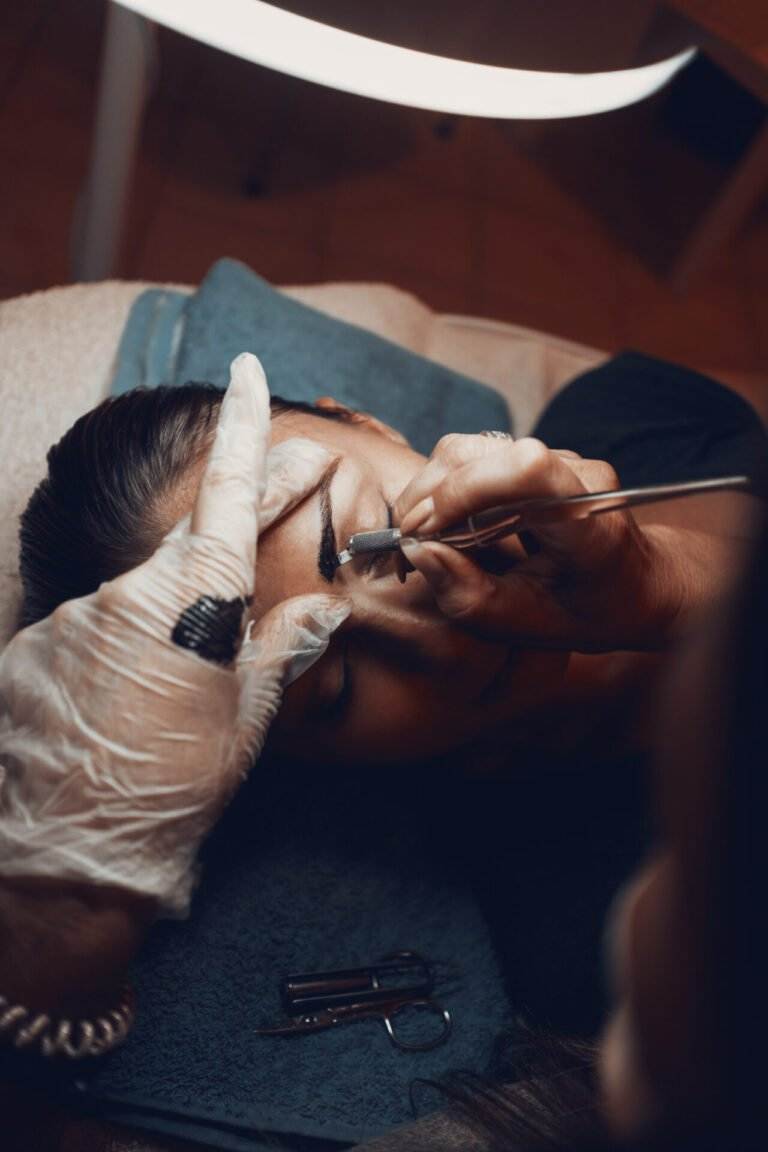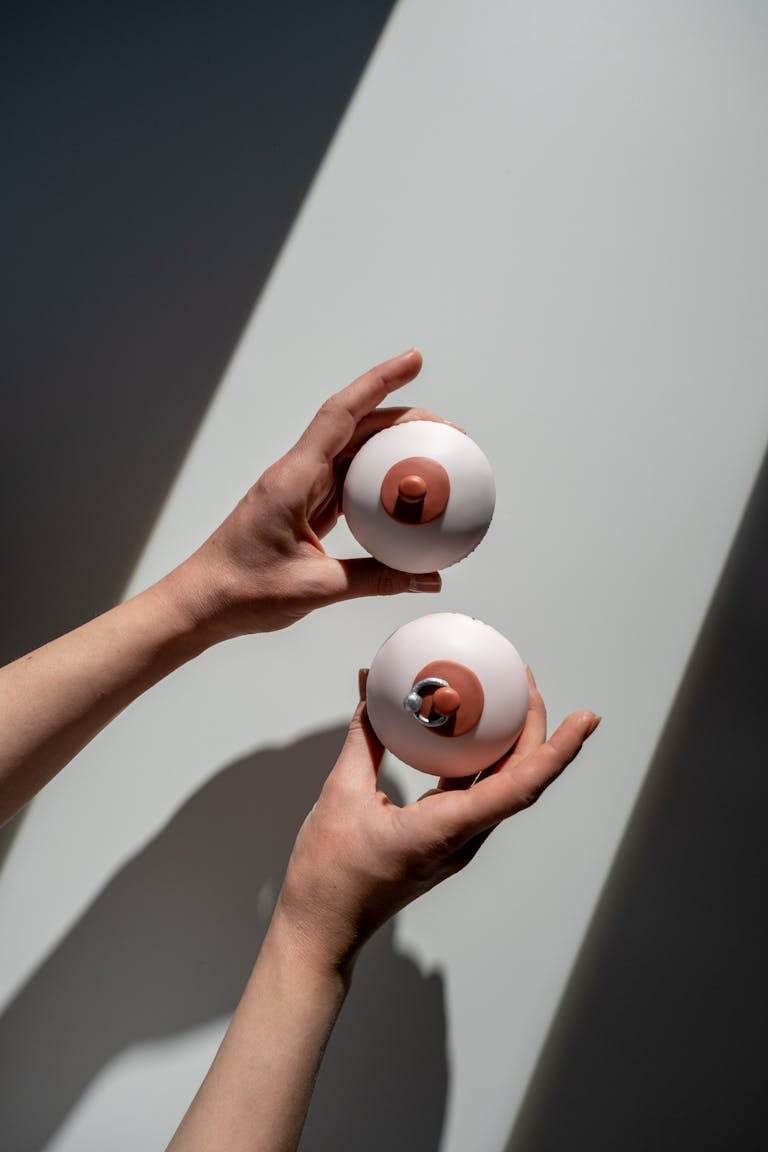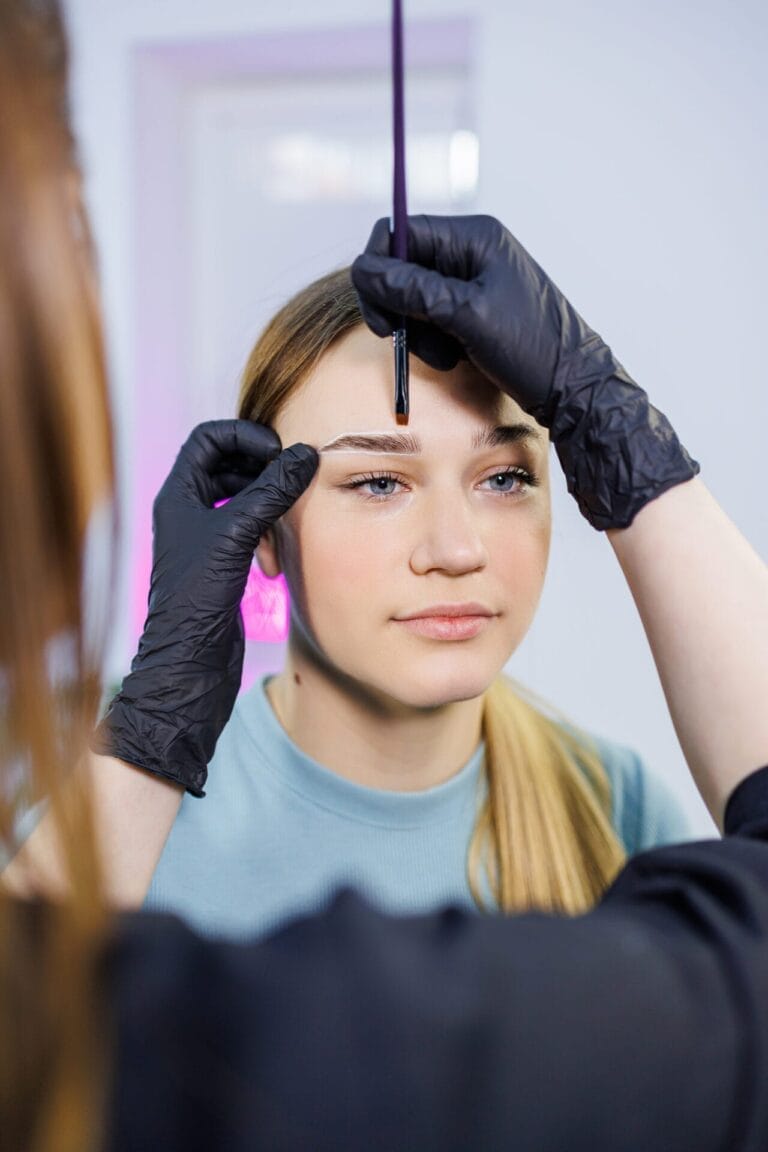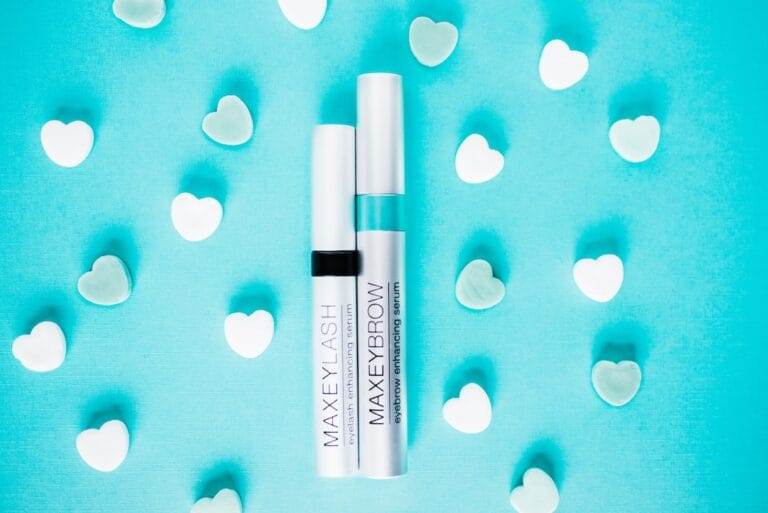Introduction
Importance of Proper Preparation
Embarking on a piercing journey can be an exhilarating experience. However, it is crucial to remember that proper preparation is the key to ensuring both comfort and safety throughout the process. By taking the time to gather information and understand what is involved, individuals can minimize anxiety and make informed decisions. Here’s a brief checklist to help with preparation:
- Research your desired piercing: Understand the specifics of the procedure.
- Choose the right piercing studio: This will be explored further in the following sections.
- Prepare your mind and body: Address any concerns or questions you may have ahead of time.
What to Expect
Understanding what to expect during the piercing process can significantly ease any apprehensions. Generally, the procedure involves the following steps:
Consultation:
You’ll discuss your desires with the piercer, who will answer any questions.
Preparation:
The area will be cleaned to ensure hygiene.
The Piercing:
The actual procedure will typically be quick, lasting only a few seconds.
Aftercare Instructions:
You’ll receive important guidelines for keeping your new piercing healthy.
By knowing these steps in advance, individuals can feel more confident and ready for their piercing appointment. This knowledge forms a solid foundation for a positive and fulfilling experience.
Choosing the Right Piercing Studio
Researching Piercing Studios
Once you have decided to get a piercing, the next crucial step is selecting the right studio. A reputable piercing studio not only enhances the overall experience but also ensures safety and hygiene. Begin your research by:
- Checking Online Reviews: Utilize platforms like Google or Yelp to read customer feedback.
- Visiting Social Media: Look at their Instagram or Facebook for photos of their work, atmosphere, and customer interaction.
- Seeking Recommendations: Ask friends or family who have had positive experiences.
As you sift through information, don’t hesitate to reach out to potential studios to gauge their responsiveness and professionalism.

Questions to Ask
When it comes to choosing a piercing studio, asking the right questions can be invaluable. Here are some essential inquiries:
- What is your sterilization process?
- Are your piercers certified and experienced?
- What materials do you use for jewelry?
- Do you offer aftercare products?
- Can I see examples of previous work?
By seeking these answers, you ensure that the studio aligns with your safety and aesthetic expectations. A well-informed decision can lead to a positive and reassuring experience as you prepare for your piercing appointment.
Understanding Piercing Aftercare
Importance of Aftercare
Following your piercing appointment, understanding the importance of aftercare cannot be understated. Aftercare is critical to ensuring that your piercing heals correctly and minimizes the risk of infection. Neglecting aftercare can lead to complications such as:
- Infections: Bacteria can enter the body through the piercing site.
- Prolonged Healing: Lack of care may delay recovery time.
- Allergic Reactions: Improperly chosen materials can irritate the piercing.
By adhering to a proper aftercare routine, you set the stage for a smooth healing process, allowing you to enjoy your new piercing without complications.
Aftercare Products
Selecting the right aftercare products is essential for maintaining the health of your new piercing. Here are some common products recommended for aftercare:
- Saline Solution: A gentle saline solution helps cleanse and soothe the area without causing irritation.
- Antiseptic Spray: Look for alcohol-free products to avoid drying out the skin.
- Cotton Swabs: These are perfect for applying products without touching the piercing directly.
- Moisturizers: Hypoallergenic moisturizers can help keep the area hydrated.
As you embark on your aftercare journey, always follow any specific instructions provided by your piercer. This diligence not only aids healing but also enhances your overall experience with your new piercing.

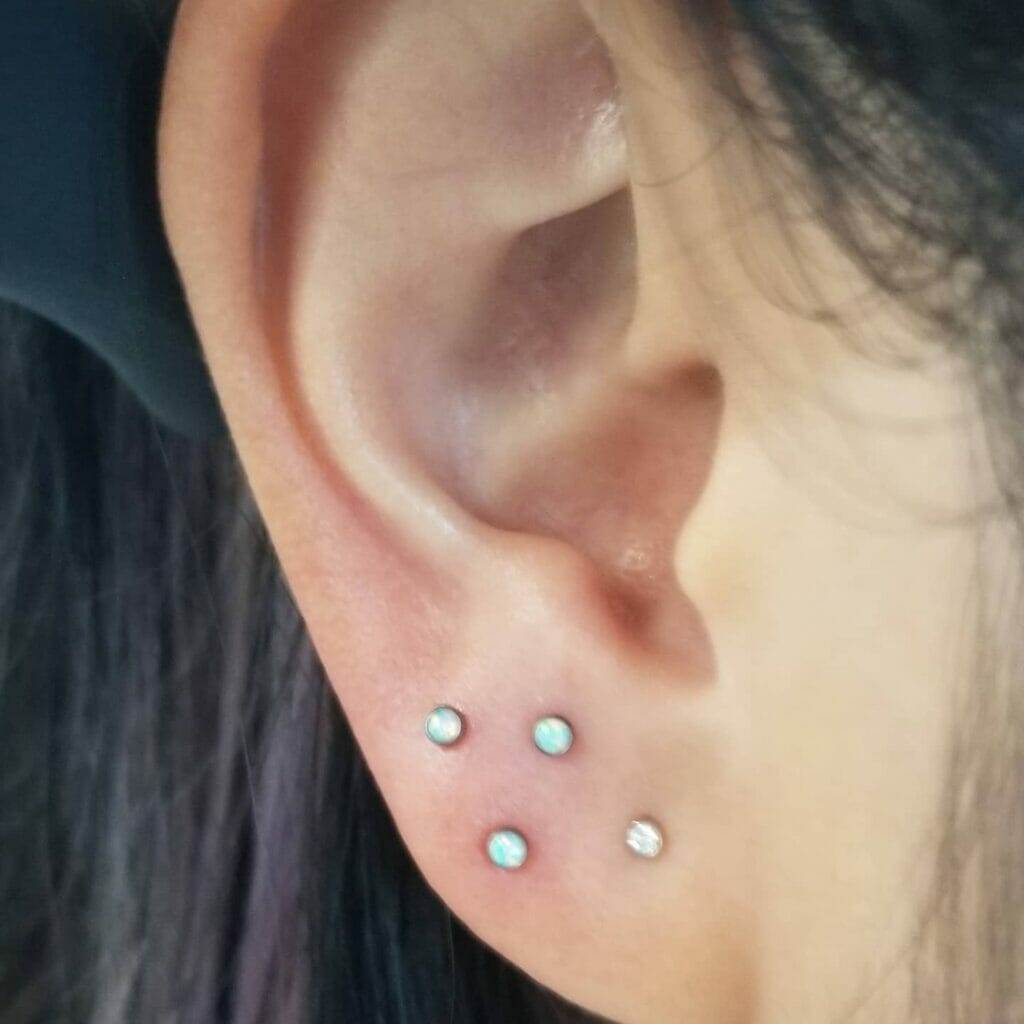
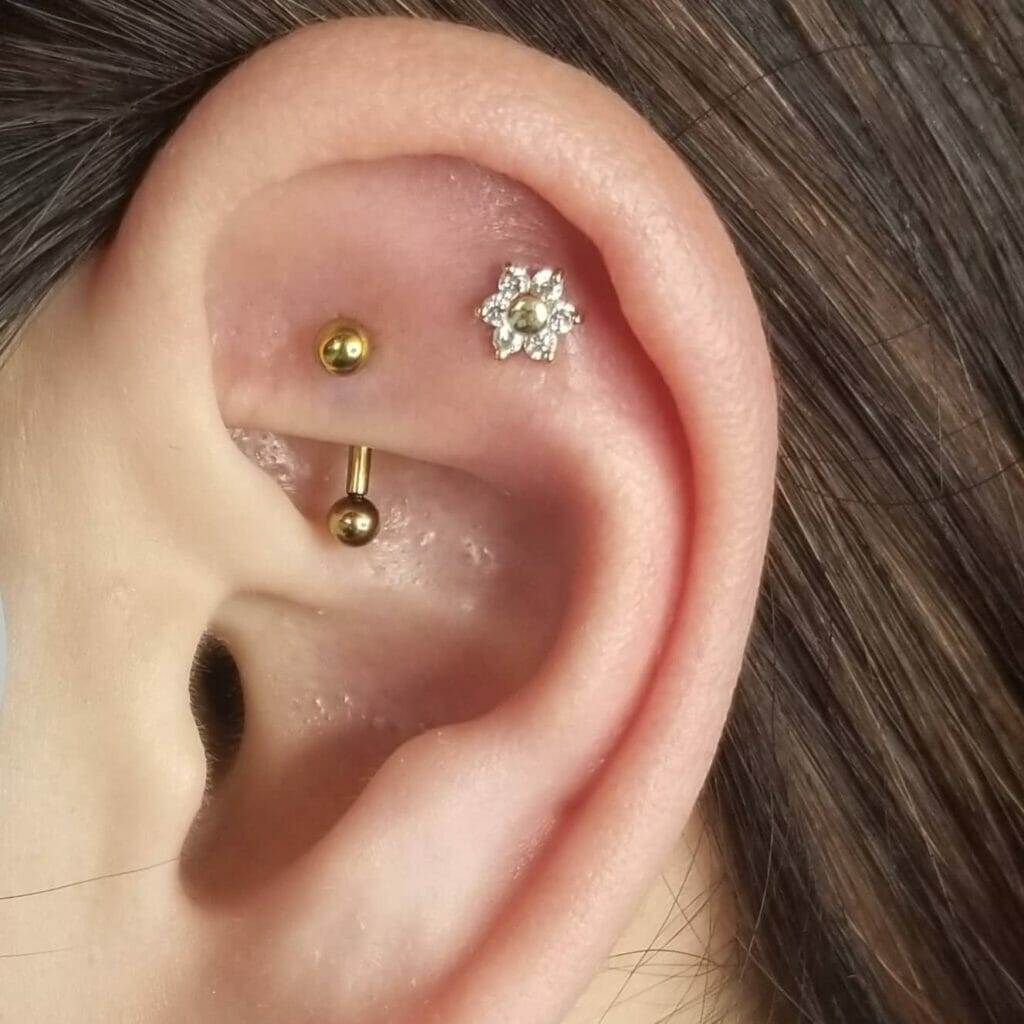
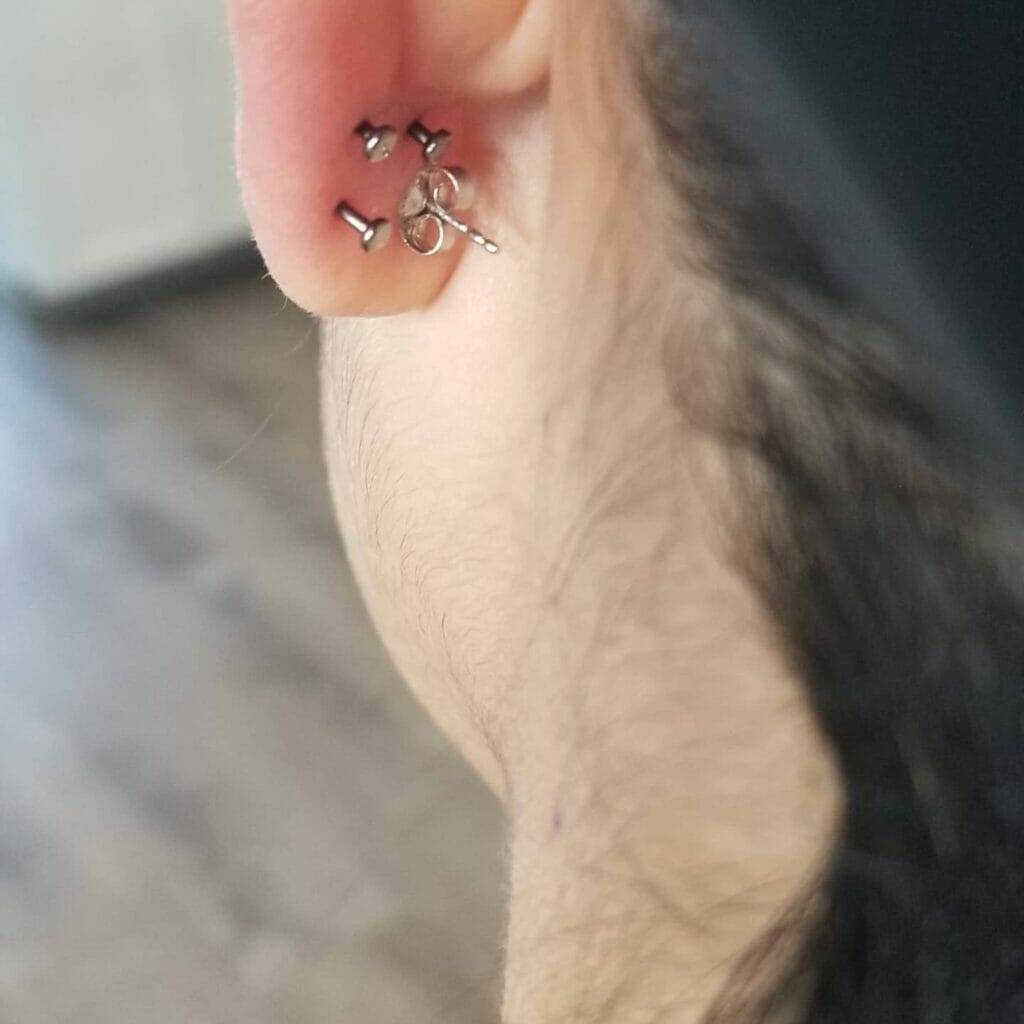
Preparing Mentally and Emotionally
Addressing Fears and Anxieties
Preparing for a piercing is as much about mental readiness as it is about the physical aspects. It is entirely normal to feel a mix of excitement and anxiety before the big day. Addressing your fears head-on can significantly empower your experience. Consider these reflective strategies to manage anxiety:
- Identify Specific Fears: Write down what exactly troubles you—whether it’s the pain, the process, or even how the piercing will look.
- Talk About It: Discuss your concerns with friends or family who have had piercings; their experiences can ease your worries.
- Visualize Success: Spend a few moments imagining how you will feel afterward, focusing on the positive excitement of your new look.
Setting Expectations
Setting realistic expectations about the piercing process is crucial for enjoying your experience fully. Here’s how you can frame your mindset:
- Understand the Process: Familiarize yourself with each step of the procedure; knowing what to expect can reduce fear.
- Acknowledge Sensations: While there might be some discomfort, it’s usually brief. Understanding this allows you to mentally prepare for it.
- Anticipate the Healing Journey: Remember that healing takes time, and every piercing is unique. Be patient with yourself.
By addressing fears and setting clear expectations, individuals can approach their piercing with confidence and enthusiasm, paving the way for a rewarding experience.
Health and Safety Considerations
Medical History Disclosure
When preparing for a piercing, it’s essential to consider your medical history, as this can significantly impact the process and healing. Notably, many reputable studios will ask about your health background during the consultation. Here are a few details to share:
- Chronic Conditions: Inform your piercer about any conditions like diabetes or autoimmune disorders, as these can affect healing.
- Current Medications: Be open about any medications you are taking, including over-the-counter drugs, as certain medications might increase bleeding or affect healing.
- Past Reactions: If you’ve had negative reactions to piercings in the past, this information can help the piercer tailor their approach.
By being transparent about your medical history, you empower the professional to guide you appropriately, ensuring a safer experience.
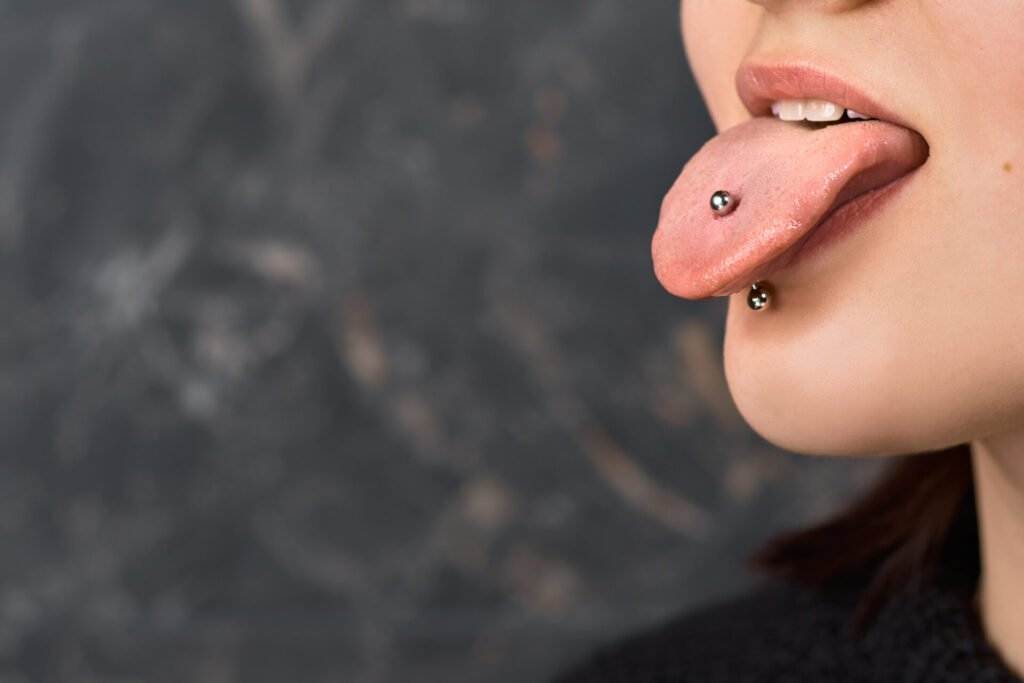
Allergy Precautions
Allergy considerations are paramount when getting pierced. Certain materials can provoke allergic reactions, leading to discomfort or complications. Here are a few tips to help avoid issues:
- Material Awareness: Be informed about common allergenic metals, such as nickel, and opt for hypoallergenic options like titanium or surgical stainless steel.
- Patch Testing: If you suspect an allergy, consider conducting a patch test with the jewelry material before the piercing.
- Communicate Allergies: Inform your piercer of any known allergies to materials that may come into contact with your skin.
Taking these health and safety considerations seriously can help foster a successful piercing experience, allowing you to enjoy your new addition with confidence.
Proper Hygiene Practices
Personal Hygiene before Appointment
Establishing proper hygiene practices before your piercing appointment is crucial for ensuring a safe and successful procedure. Good personal hygiene not only reflects your respect for the process but also helps minimize infection risks. Here are some essential steps to follow:
- Shower Prior to Your Appointment: A thorough shower will help cleanse your skin and remove any bacteria.
- Avoid Lotions and Oils: On the day of your piercing, skip creams, lotions, or deodorants near the piercing area. These can interfere with the procedure and healing.
- Wear Clean Clothes: Opt for freshly laundered clothing that is comfortable and easy to remove, ensuring the piercing can be accessed without hassle.
By undertaking these hygiene practices, you’ll contribute to a sterile environment, allowing you to relax more during the procedure.
Piercing Studio Hygiene Standards
Equally important is understanding the hygiene standards upheld by the piercing studio. A clean and professional environment is indicative of a studio that prioritizes your safety. Look for:
- Sterilization Procedures: Ensure that all instruments are either single-use or properly sterilized before each appointment.
- Clean Workstation: The workspace should be tidy, with surfaces that are routinely sanitized.
- Aftercare Offering: The studio should provide disposable aftercare supplies to avoid cross-contamination.
Being observant about hygiene at the studio can provide peace of mind and help ensure a positive experience. When both personal and studio hygiene are prioritized, you’re on the path to a safe and enjoyable piercing journey.
Choosing the Right Piercing Jewelry
Material Options
When it comes to choosing the right piercing jewelry, understanding the material options is fundamental for both comfort and safety. The jewelry you select can significantly impact the healing process and your overall experience. Some popular materials include:
- Surgical Stainless Steel: This is commonly recommended for its durability and hypoallergenic properties. It’s great for new piercings.
- Titanium: An excellent choice for those with sensitivities, titanium is lighter and less likely to cause allergic reactions.
- Gold (14k or higher): Real gold is beautiful and can be safe for healed piercings. However, low-quality gold can contain alloys that may irritate sensitive skin.
- Bioplast or Acrylic: These materials are flexible and often used for initial piercings, but be cautious as they may not be as durable long-term.
Choosing the right material can help ensure a successful healing process and reduce the likelihood of complications.
Size and Style Considerations
In addition to materials, size and style are critical components in selecting your piercing jewelry. Here’s what to keep in mind:
- Gauge Size: Thicker gauges can be more secure but might not work for everyone. Let your piercer guide you on what’s best for your piercing type.
- Length and Fit: Ensure the jewelry length accommodates swelling and movement without being too tight, as this can lead to discomfort.
- Style Preference: Consider your personal style—do you prefer studs, hoops, or barbells? Choose a piece that reflects your personality while considering your lifestyle and daily wearability.
By carefully selecting both the materials and styles that suit your needs, you can ensure your piercing looks great and remains comfortable throughout the healing journey.

